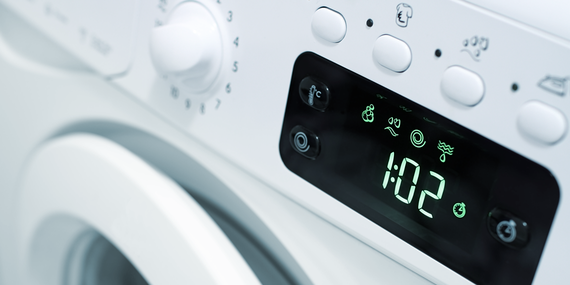
Progressive efficiency or more radical approaches?
How can energy sufficiency be practically applied in product policy, such as ecodesign and energy labelling? A new concept paper discusses this while asking if progressive efficiency is enough or if we need to go further to limit energy use.
EU policy for energy efficient products is a success story; transforming the markets for many products towards higher energy efficiency. However, despite this solid progress, the energy consumption from the use of these products in homes and businesses has, at best, only stabilised.
Moving beyond energy efficiency, energy sufficiency can reduce energy consumption further through conscious behaviour change and by improved product design and product policies. This paper, written by two French authors as part of eceee's sufficiency project, presents an analysis of the opportunity of energy sufficiency in a series of priority product groups.
Energy savings from sufficiency actions are difficult to estimate, but there is the potential for reductions of 50% or more in the energy use associated with these products, in homes and in offices. Modelling at the economy-wide level, such as that carried out by negaWatt France, estimates that sufficiency could deliver as much as new efficiency policy by 2030 and more by 2050.
Ideas of comfort, dominant social norms, habits and routines all present barriers to the realisation of these sufficiency gains. To overcome these barriers, interventions should not seek to impose, but to encourage, facilitate, and incentivise sufficiency actions: political and social acceptability will play a key role in progressing energy sufficiency poliices at the local, national and international level. Original eceee 2010 report with workshop report from the library.
Downloads from library
Sufficiency project concept paper.
Is efficient sufficient? Original eceee 2010 report as well as seminar summary.





